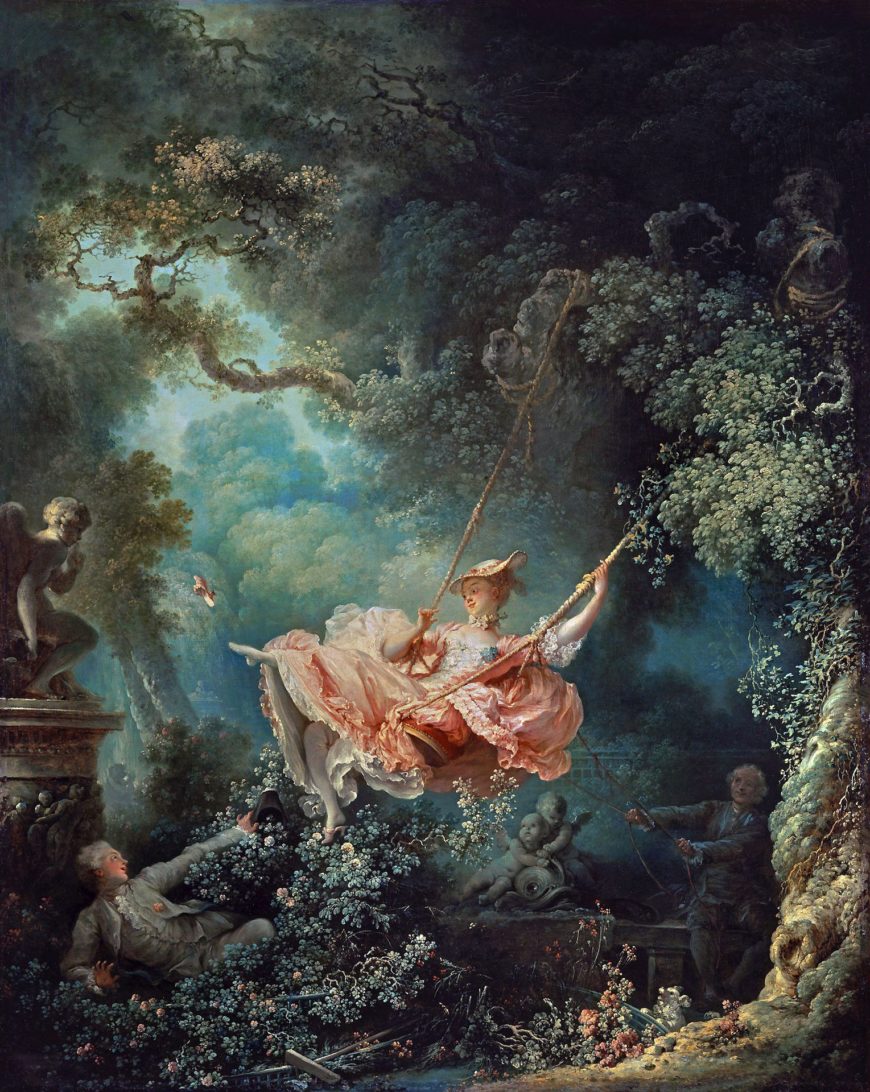Two very distinct art movements; baroque and rococo are known for their luxury and glamour even with all of their differences. Baroque excels in its dark themes and intimidating architecture where rococo divides itself with its use of light beauty and natural curves. Both are incredibly influential to the art world even with their contrasting styles, which I will be expanding on later in this post.
Baroque
Beginning in Italy in roughly the 17th century, the baroque period thrives in darkness and intimidation. These themes stem from the political environment at the time involving the Catholic Church and its counter reformation against the Protestant Church. The idea was to hire artists to create spiritual and mythological art that acted as advertisement for potential churchgoers and stimulation for those who were already faithful.
The resulting art is truly magnificent, exaggerated and somewhat bizarre. Typical Baroque paintings use dark darks and vivid colours to achieve the dramatic climax of the story being told. Artemisia Gentileschi’s Judith Beheading Holofernes Is a perfect example the richness that truly encapsulates art during this period.

Rococo
The rococo period is one that stems from human revolt and a crave for freshness. Beginning in the early 18th century, the rococo art movement is a direct disagreement with the stern darkness of baroque and the wealthy crown who would enjoy art during that time. In strict contrast, rococo art pokes fun at its stern predecessor with its light, airy tones, naturalism and themes of playfulness and courtship.
Rococo art, is known for its frilly decor and flirtatious demeanour as shown in Jean-Honoré Fragonard’s The Swing. The immense care to detail and the depicted fantasy of the scene brings a large sense of joy to the viewer. This frivolous joy is what we remember the rococo movement for.

Sources
https://www.britannica.com/art/Baroque-art-and-architecture

Leave a Reply